The Physics of Exciton-Polariton Condensates
After the first demonstration of Bose Einstein condensation in the solid state in 2006 and the establishment of exciton polariton condensates in the wider scientific community, an intense interest has been attracted by this phenomenon at both theoretical and experimental level. It is the object of this thesis to follow on from the demonstration of polariton condensation and to study more in detail different aspects of fundamental importance related to the polariton condensation. This thesis initially presents the basic concepts for excitons, polaritons and condensates in and out of equilibrium. The following part focuses on the presentation of the experimental methods. The thesis is separated in two conceptual parts, one for the experiments under continuous wave excitation and one that was dedicated to the dynamical properties of polariton condensates. The appearance of a single condensate despite the presence of disorder is initially presented with the study of the mode synchronization of neighboring condensates. Then the coexistence of multiple condensates is demonstrated, a phenomenon that had previously passed unperceived due to the noise of the excitation laser. The use of a low noise excitation source reveals spectral characteristics that were "hidden" in the previously broad spectra and a detailed experimental analysis is performed in order to study the full real and momentum space distribution of the individual condensates and their long range spatial coherence. Interferometric measurements which give access to the long range spatial coherence and the condensate phase, revealed the existence of pinned singularities. These were further investigated and were identified as the commonly known singly quantized vortices, here shown for the first time in a polariton condensate. Up to this point most of the studies demonstrated that the polarization of polariton condensates was preferentially linearly polarized. A more detailed analysis that was pursued in this thesis showed that the degree of linear polarization is not necessarily high but there are regions on the sample where it is rather poor. In certain areas where we do not observe a lift of degeneracy in polarization, the polariton condensates have to be considered as spinor objects. This unique property permitted the first observation of the celebrated case of fractional vortices which constitute the elementary excitations of spinor superfluids. In the second part of the thesis the work is focused on the dynamics of polariton condensates. Beginning with the dynamics of singly quantized vortices, it is shown that vortices present traceable in time trajectories from their nucleation positions all the way to their pinning locations. Finally taking advantage of the inherent disorder of the sample, a naturally occurring coupled double well system is investigated. The observation of oscillating polariton currents between the two wells was demonstrated. This phenomenon is analogous to the well known Josephson oscillations. Most -if not all- of the studied phenomena are a complex interplay of the disorder, the driven-dissipative character of the polariton condensates and the nonlinearities occurring in the system. A detailed theoretical analysis that supports the observed experimental findings is finally provided.
{{comment.content}}
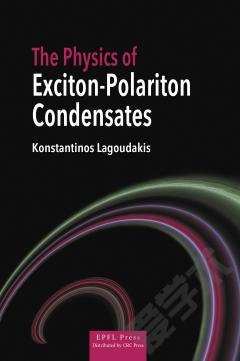
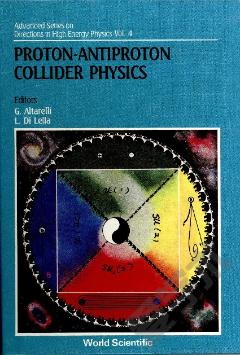
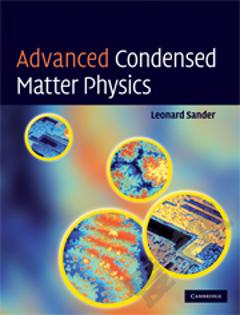
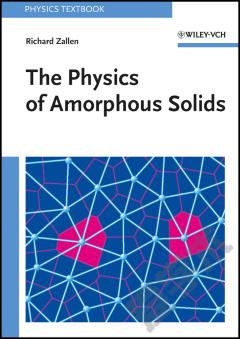

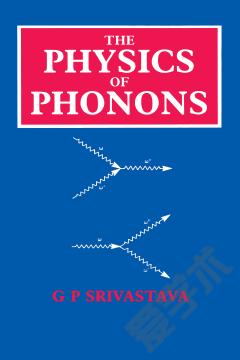


 京公网安备 11010802027623号
京公网安备 11010802027623号